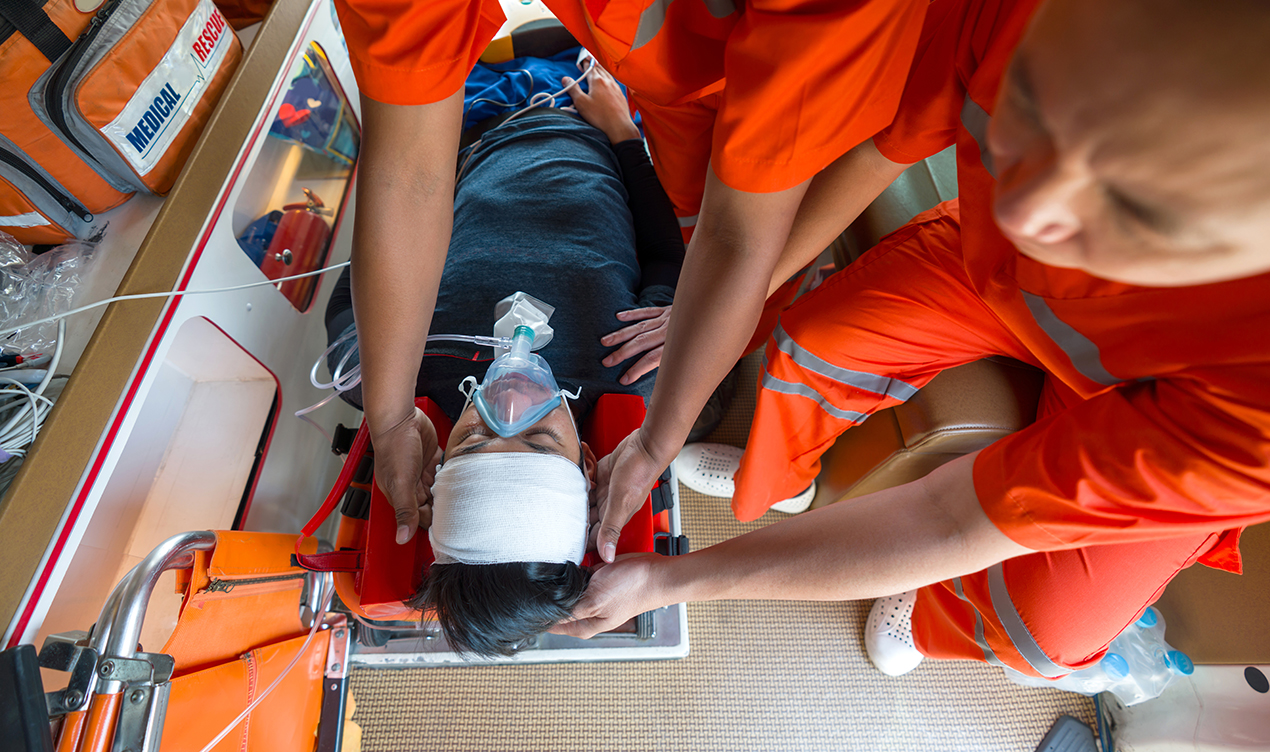Dr. Marc Curial calls himself “an accidental entrepreneur.” An ER physician by practice, he loved the fast-paced, all-hands-on-deck energy of emergency medicine. Then, one summer day in 2019, an idea yanked him in a new direction.
He was at a playground with his friend Chris Terriff, watching their kids climb the playground’s towering jungle gym — narrowly avoiding falls that could lead to bumps, bruises, bleeding — when he asked Terriff something to the effect of, “How hard could it be to build an EpiPen to slow down traumatic bleeding?”
“Doesn’t seem that complicated,” replied his friend, an engineer.
The logical next question was how many lives could that save? Worldwide, uncontrolled bleeding is a leading cause of preventable death among trauma patients. Tranexamic acid (TXA), the best and most readily available treatment, prevents blood clots from breaking down too quickly, helping slow down uncontrollable bleeding, and the sooner patients receive it, the better it works. In trauma situations where timing is everything, TXA is remarkably effective. The problem is that it’s an intravenous drug, meaning only trained medical professionals can administer it, often costing crucial minutes that patients can’t spare.
With this in mind the two of them got to work. Terriff led design and Curial led the science and business of what would become MACH32 — the company behind the world’s first trauma response autoinjector.
MACH32 hopes to make administering TXA as easy as treating anaphylaxis with EpiPens and as accessible as naloxone, insofar as making the life-saving tool available to all, even bystanders, regardless of training.
Such a tool could be critical for treating emergency trauma in remote regions, such as workers injured at secluded job sites or soldiers in combat. It could even be the answer to solving the leading cause of preventable maternal death worldwide, postpartum hemorrhage, which kills 200 people daily, according to the World Health Organization. “The end goal,” says Curial, “is to allow anyone to save a loved one from bleeding to death.”
